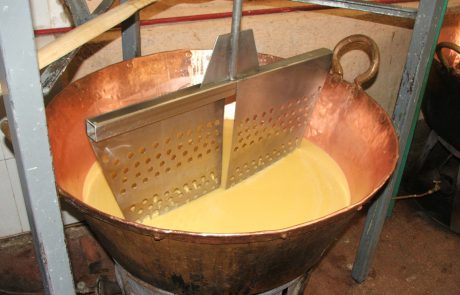¡Ay Jalisco!
Gallery
Click on an image to see full sized version
Arguably there is no state that is home to more Mexican traditions known worldwide than Jalisco!
Our Ay Jalisco series of tours will introduce you to some of the hidden and also well-known areas, artisans and special locations within this amazing state.
Click on the tabs below to read a bit about the locations we visit and that can be combined to form one of several itineraries:
Upcoming Dates
Contact us for 2024/2025 dates
We have 9 different itineraries for this trip available, so please contact us for further information and to organise your tour.
Price
Prices vary based on itinerary, contact us to put together your trip
Duration
2 days / 1 night
or
3 days / 2 nights
What’s included?
Transport
Accommodation
Breakfasts
Guide
Entrance fees
*please consult individual itineraries for exact details of what is included on each different tour.
Difficulty
Medium
Whilst there is not a huge amount of walking, the altitude in Mazamitla can affect some people’s breathing. The walk to the mine in Magdalena is uphill and about 900m in total. All other locations are simple and not difficult to access
Climate
Warm in the day, and cooler at night. Mazamitla due to its altitude can have nighttime and early morning temperatures close to freezing.
Altitude
The different itineraries locations are mostly around 1,556m (5,138ft) in altitude with Mazamitla being the highest with an altitude of 2,500m (8,202ft).
Measurements above sea level




















